How to fix a waterlogged lawn for a healthy yard
Here’s how to fix a waterlogged lawn in seven ways
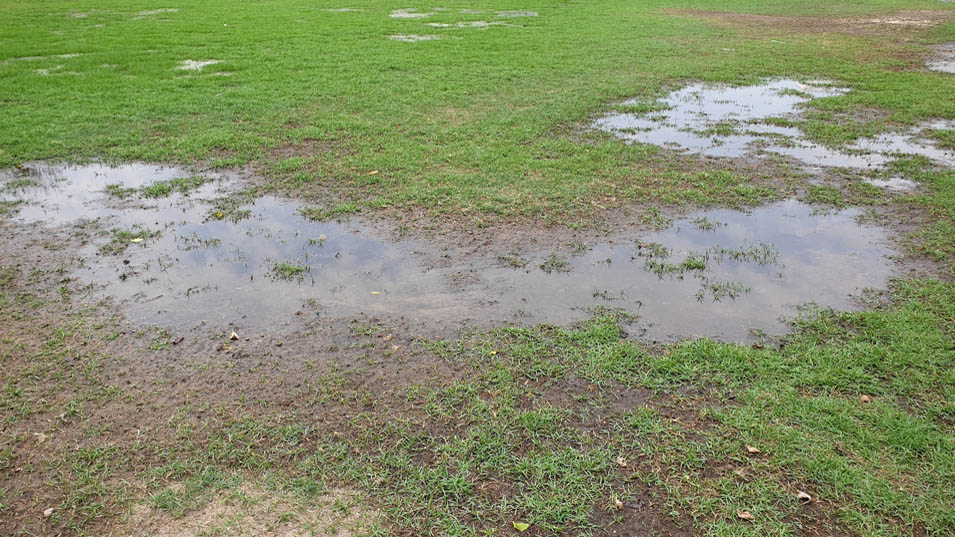
If your backyard turns into a pond after heavy rainfall or flooding, knowing how to fix a waterlogged lawn can make all the difference. And while the rain may come as a relief after the heatwave, excess water can do more harm than good to lawns.
Typically, a waterlogged lawn contains an excessive amount of water that fails to drain away through the soil. Often this results in large pools of water on the surface, or becomes squishy to walk on. There are a number of factors that cause this, including poor drainage, heavy clay soil compaction, flat terrain or low spots on the lawn where water cannot run off.
Too much water will suffocate your lush lawn, and eventually cause the grass roots to die. Plus, wet grass can encourage algae, moss, dandelions and various other diseases.
Luckily, there are a few things you can do to prevent excess water from ruining your grass. So if you want to maintain a green lawn, here’s how to fix a waterlogged lawn for a healthy yard.
Similarly, knowing how much you should water your lawn will help to prevent a waterlogged lawn. Plus, here are 7 flood-tolerant plants to protect your yard from heavy rain.
1. Aerate your lawn
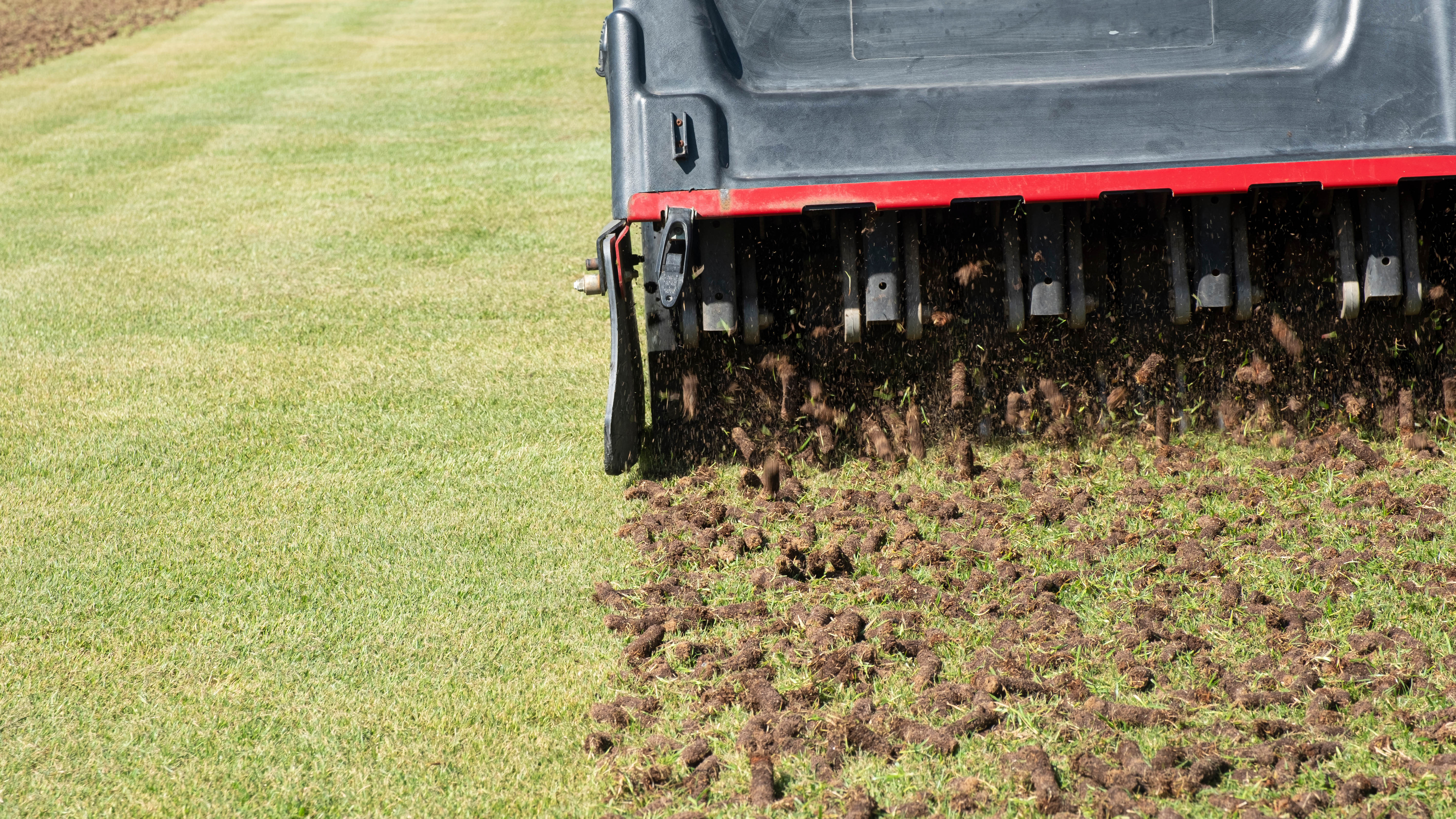
A common method to improve drainage is to know how to aerate your lawn properly. Aerating essentially involves puncturing the ground to allow better air circulation in the soil. “Aerating your garden lawn can help to improve drainage and will add air into your soil, which will improve the conditions for the grassroots to live in,” advises William Mitchell of Sutton Manor Nursery. “This can be accomplished by using a hollow tine aerator or spiking the lawn with a garden fork or aerator shoes. This will help the lawn to recover more quickly by keeping the soil loose and drawing out moisture.”
Aeration is best done during the spring and summer months to help minimize soil compaction. This will then help to prevent waterlogging in the fall and winter.
Sign up to get the BEST of Tom's Guide direct to your inbox.
Get instant access to breaking news, the hottest reviews, great deals and helpful tips.
2. Add top soil and sand
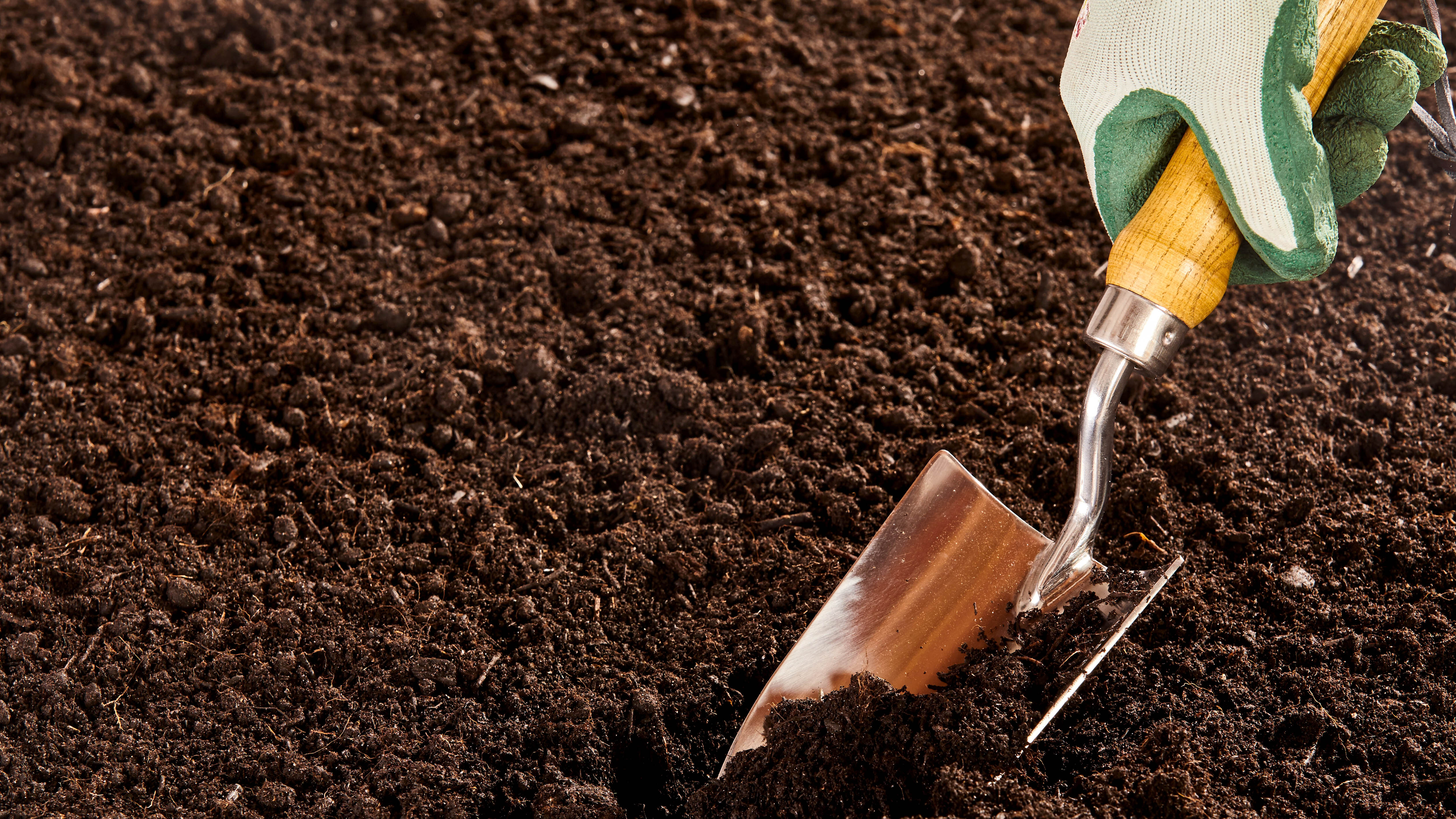
If you only have certain areas of your lawn affected, add a thin layer of top soil, compost or gardening sharp sand along the surface. The idea is to help draw out excess water in the soil to improve drainage and structure. Compost contains beneficial microbes and attracts earthworms that actually help to loosen the soil particles and improve drainage. In addition, top dressing with sand can also tackle heavy thatch build-up, cover tree roots, and improve the level of the ground.
3. Use moss killer and fertilize
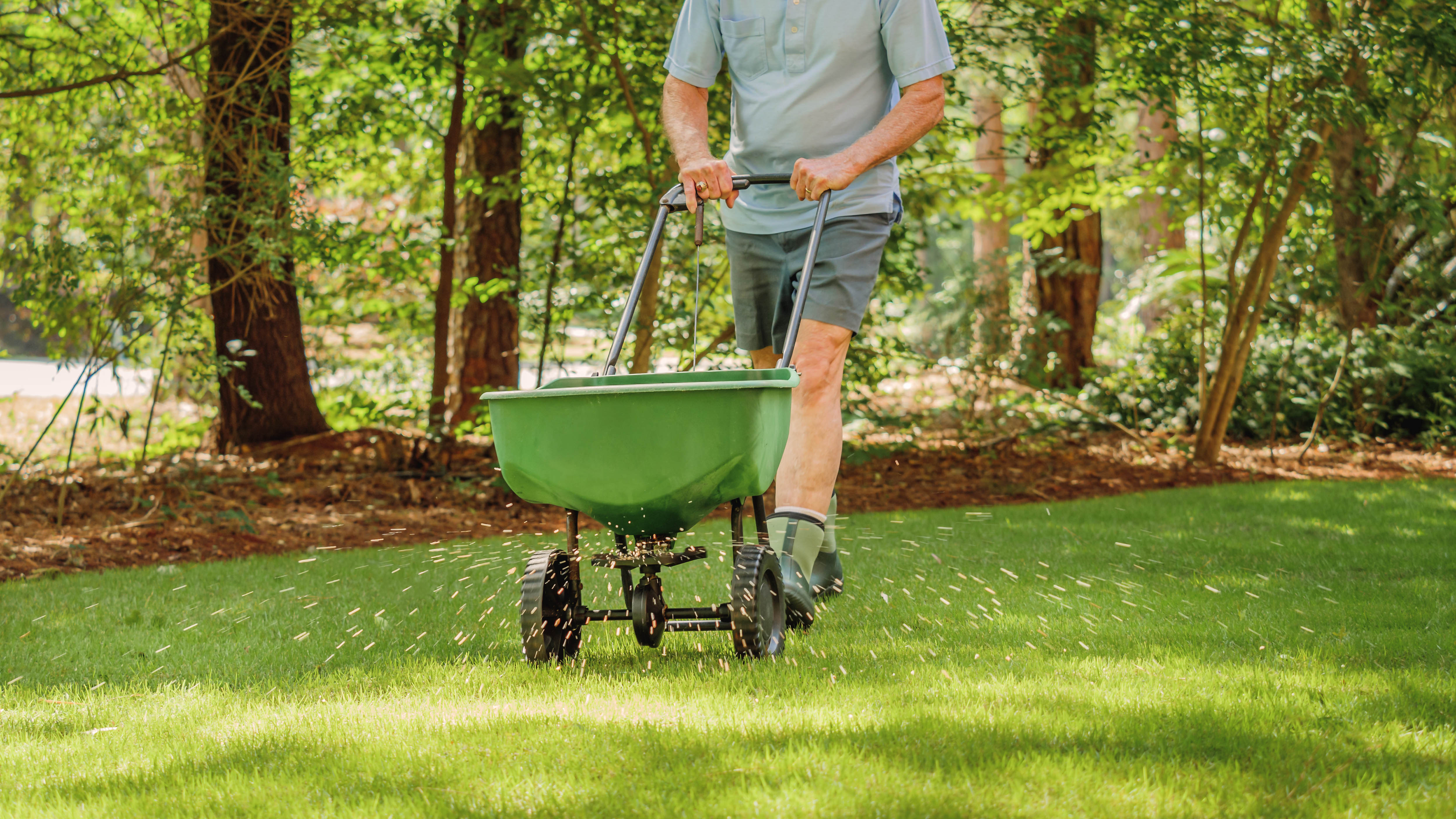
Wet grass and soil can encourage moss growth, so this should be treated with a moss killer. In addition, fertilize your lawn during the spring to help the grass roots recover from previous wet weather. “A waterlogged lawn should be treated with a moss killer to prevent it from taking over your garden and allowing the lawn to thrive,” suggests Mitchell, “we suggest using fertilizer during the spring to help the grass recover from a wet winter. By using a fertilizer, the grass root system will also develop into a stronger network, which should make it more capable of withstanding future waterlogging.”
4. Create a ‘dry’ pathway
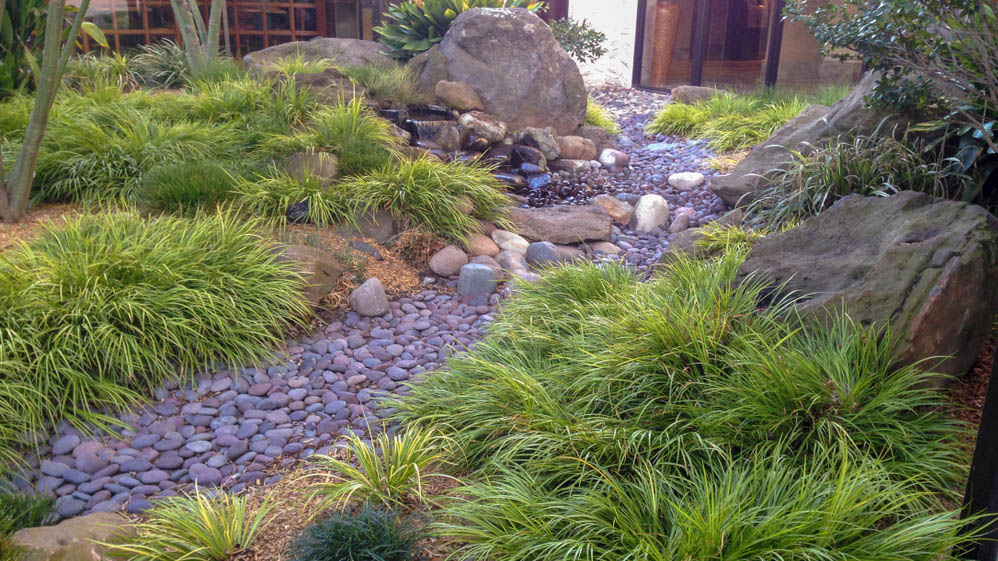
Since the main issue here is lack of drainage, why not create your own? Choose permeable pathways, patio surfaces and plant borders that easily allow water to soak in. Stepping stone slabs or bark will provide a solid dry pathway on a wet lawn. In addition, plant your favorites in raised beds or planters to prevent them from getting soaked in the soil. Not only will this drain the water, but can add character to your yard.
5. Collect rainwater

Collecting rainwater in certain places in your yard will prevent excess water from pouring onto the grass. A good idea is to place a water barrel or large buckets by sheds or roofs with no proper drainage for water to run into. What’s more, you can use the rainwater to water plants, and save money on your water bills. To prevent your water barrel from overflowing, simply drain it out and pour down the drain to prevent it from soaking the lawn.
6. Overseeding your lawn
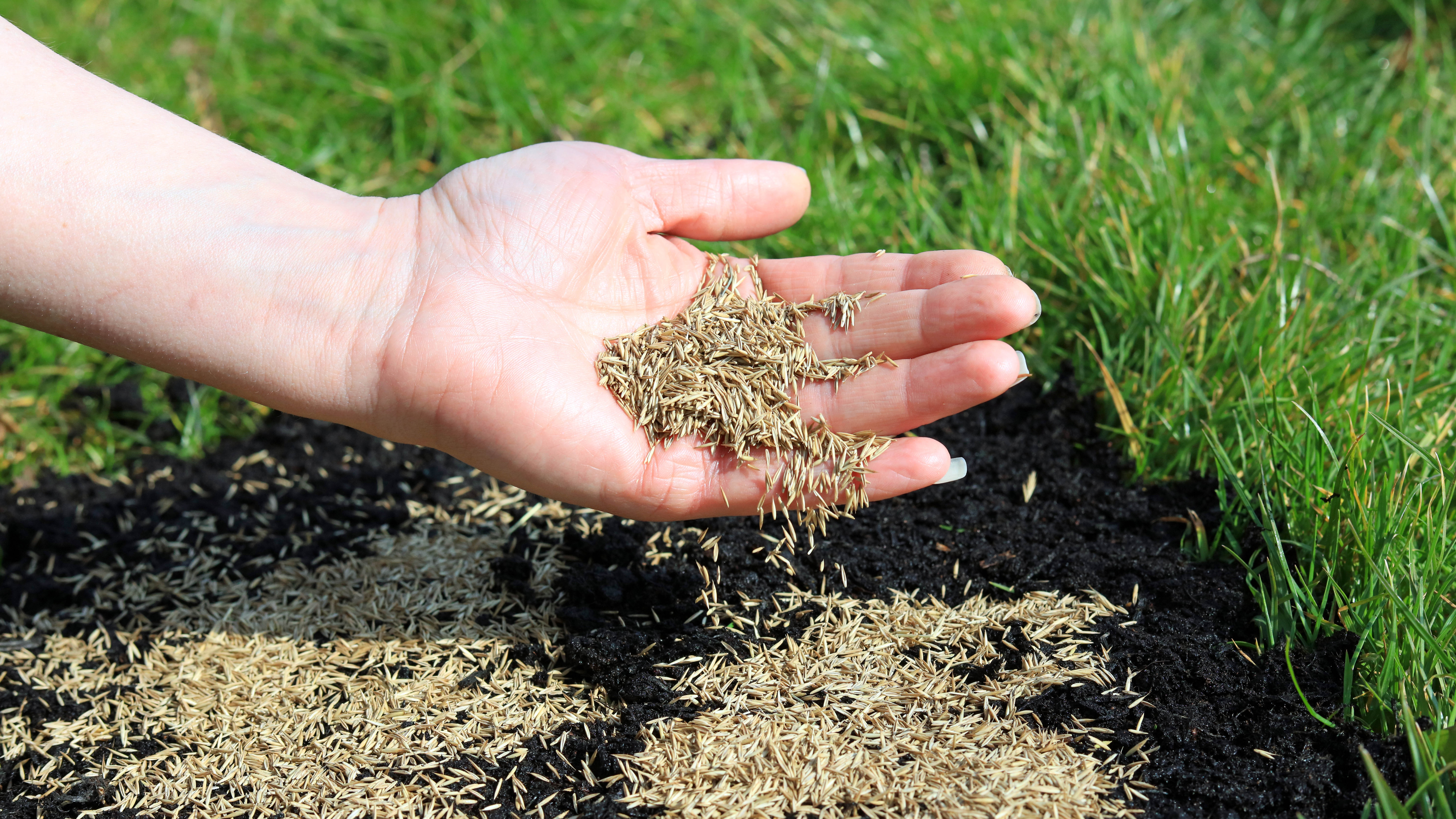
Overseeding is simply adding seeds to the lawn to improve and maintain its quality. Knowing how to plant grass seed will also help to create a thicker lawn and banish moss. The ideal time to seed your lawn is in the spring and summer months to prepare for the wet weather ahead. Having a thicker lawn and stronger grass roots will help to absorb more water during a heavy downpour. You can overseed both on bare patches and where the grass is thick. Just be sure to choose a suitable grass seed to suit your region, terrain and weather conditions.
7. Dig a French drain
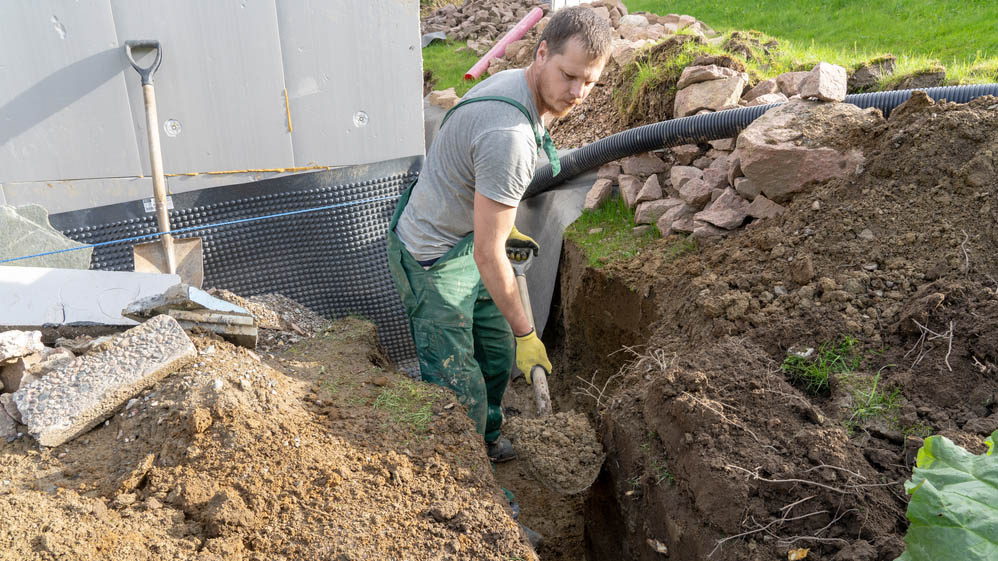
If your lawn is badly damaged by excess water, you may need to call in the professionals to install a French drain. Essentially, a French drain is a pipe laid within the ground that allows water that pools around your yard to drain away from the property. “This will likely involve professionals, heavy machinery and some upheaval to the garden.” agrees Mitchel. ”By installing a French drain (or any drainage system), surface water can be diverted away from the problem area. To further improve the results, you may want to have new top soil and turf laid following the installation of your French drain.”
What are the signs of a waterlogged lawn?
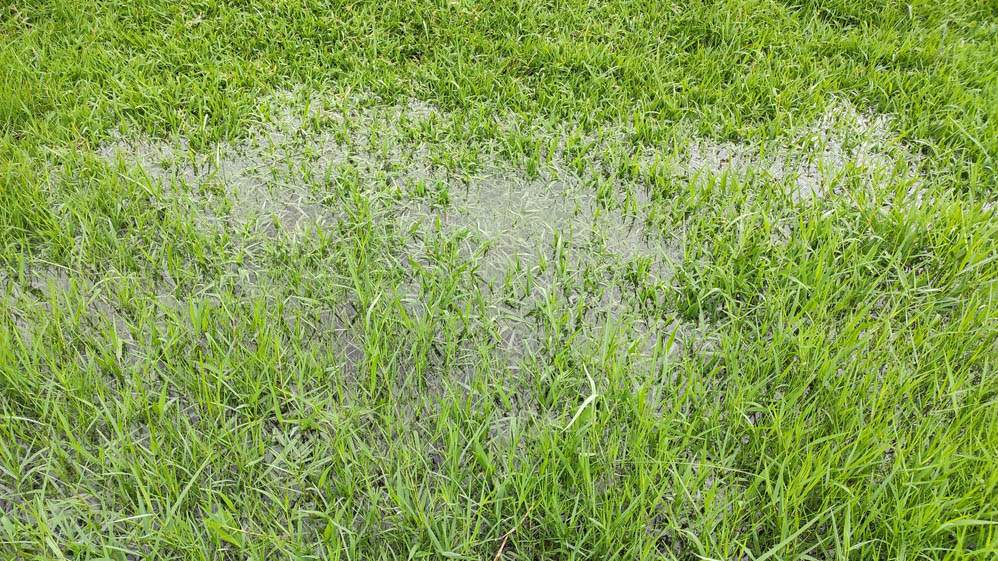
Your lawn doesn’t have to be completely submerged to be waterlogged. The common signs are a soft, squelchy lawn when walked on, and a lot of moss growth. Also, if grass blades turn yellow, this indicates that they have been starved of oxygen, and will eventually die out.
If your lawn suffers damage, you might need to know more than how to plant grass seed to make your grass greener and how to lay sod to upgrade your lawn. You can also learn how to stripe your lawn to make it look bigger.

As the Homes Content Editor, Cynthia Lawrence covers all things homes, interior decorating, and garden-related. She has a wealth of editorial experience testing the latest, ‘must-have’ home appliances, writing buying guides and the handy ‘how to’ features.
Her work has been published in various titles including, T3, Top Ten Reviews, Ideal Home, Real Homes, Livingetc. and House Beautiful, amongst many.
With a rather unhealthy obsession for all things homes and interiors, she also has an interior design blog for style inspiration and savvy storage solutions (get rid of that clutter!). When she’s not testing cool products, she’ll be searching online for more decor ideas to spruce up her family home or looking for a great bargain!
